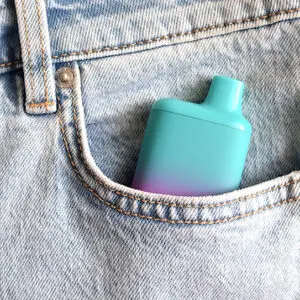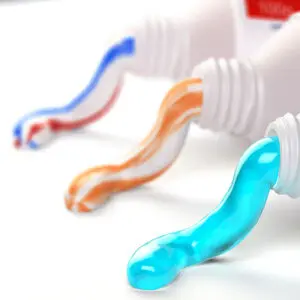
7 Signs You’re Overdue for a Visit to the Dentist Tacoma Trusts
Healthy Smiles Start with Regular Dental Visits Life gets busy, and it’s easy to let routine dental appointments slip down your priority list. Between work,
December 29, 2025

Answering the Questions Dentists Hear Most
AS DENTAL PROFESSIONALS, we love when patients ask us questions. It shows they…
December 24, 2025

Tobacco: Dangerous to Teeth in Any Form
WHEN PEOPLE THINK about the dangers of tobacco, lung cancer and heart disease typically…
December 10, 2025

Toothpaste’s Active and Inactive Ingredients
EVER WONDER WHAT’S actually in your toothpaste? That tube…
November 26, 2025

Which Puyallup Dentist Near Me Can Help My Holiday Smile?
Get Your Smile Ready for the New Year Scheduling a visit with a “Puyallup dentist near me” is a great way to start the year
November 25, 2025

It’s TMJ Awareness Month Again!
NOVEMBER IS HERE, and with it comes TMJ Awareness Month — a time dedicated to educating patients about…
November 12, 2025
